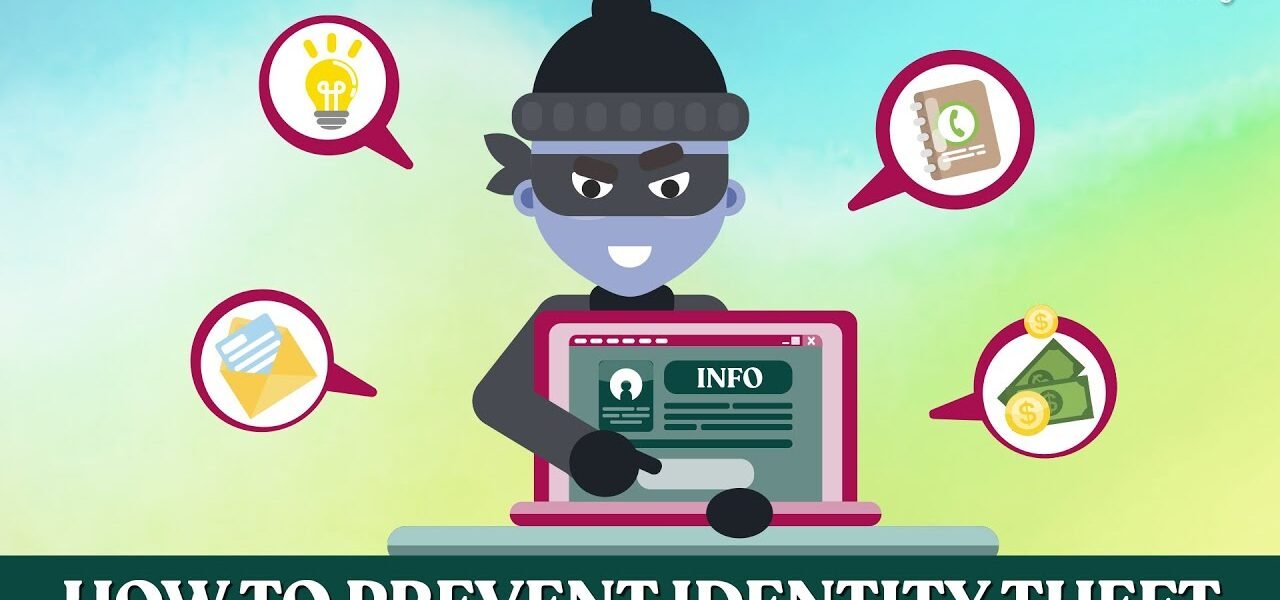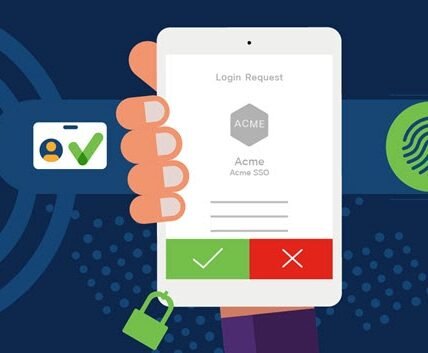In the modern world, where digital transactions are increasingly common, ensuring the security of your financial data is more important than ever. With criminals becoming more tech-savvy, it’s crucial to protect your cards and personal information from unauthorized access. One of the most effective tools to do this is an Anti-Theft Card. In this article, we will dive deep into the concept of Anti-Theft Cards, why you should always use them, and how they can provide robust protection for your sensitive information.
What is an Anti-Theft Card?
An Anti-Theft Card is a card designed to protect you from the risks of identity theft, particularly the unauthorized scanning of your personal data. Many credit and debit cards, passports, and other forms of ID now contain RFID (Radio Frequency Identification) chips. These chips allow for quick, contactless transactions. However, they also make your data vulnerable to digital theft. Anti-Theft Cards are equipped with RFID-blocking technology that prevents criminals from accessing your data remotely.
How Does an Anti-Theft Card Work?
- RFID Blocking Technology: Anti-Theft Cards block RFID signals, which are used to transmit data from your card to a scanner. By preventing unauthorized access, they stop hackers from stealing your personal information.
- Easy Integration: These cards can be added to any wallet or cardholder to enhance the security of your existing cards.
- Protection on the Go: Whether you’re in a crowded place or traveling, the Anti-Theft Card keeps your financial information safe by protecting it from unauthorized scanning.
Why Should You Always Use an Anti-Theft Card?
As we become increasingly reliant on digital transactions, it’s essential to be vigilant about the risks of fraud. Here are some reasons why using an Anti-Theft Card is crucial for protecting your financial and personal information.
1. Protection from Unauthorized Scanning
One of the biggest threats to your credit card information is the ability of thieves to scan your cards remotely using RFID readers. Criminals can steal sensitive data without even touching your wallet. By using an Anti-Theft Card, you ensure your card details remain protected.
2. Peace of Mind While Traveling
When you’re traveling, especially in busy or unfamiliar places, it’s easy to become a target for electronic pickpockets. With the increasing use of RFID-enabled devices, thieves can easily steal your card information. Anti-Theft Cards provide an extra layer of protection when you’re on the go.
3. Avoiding Identity Theft
Identity theft is a growing issue, and criminals can steal your identity by accessing your personal data. Using an Anti-Theft Card can help you avoid falling victim to this crime, as it blocks any unauthorized access to your personal information.
4. Cost-Effective Protection
Compared to the financial and emotional costs of identity theft, an Anti-Theft Card is a small investment in your security. With its low cost, you can ensure that your sensitive data is kept safe without spending a lot of money.
5. Convenience and Ease of Use
Anti-Theft Cards are designed to be simple to use. You can add them to your existing wallet without any complicated setup. They are slim, lightweight, and do not take up much space, making them easy to carry along wherever you go.
How Does RFID Blocking Work in an Anti-Theft Card?
Many modern credit cards and other forms of identification use RFID technology to enable contactless payments. While convenient, these cards are also vulnerable to theft. RFID blocking works by using materials that block the signals between your card and a scanner. Here’s a breakdown of how it works:
Steps in RFID Blocking:
- RFID Chips on Cards: Your cards contain RFID chips that communicate with RFID readers through radio waves. This allows for quick transactions, but it also leaves your card open to remote theft.
- RFID Blocking Materials: The Anti-Theft Card is made of materials like copper or aluminum that block RFID signals. When you place the card in your wallet, it shields your other cards from unauthorized scanning.
- Prevention of Unauthorized Data Transfer: By using an Anti-Theft Card, your data is kept safe from unauthorized readers, as the signal is blocked entirely.
Comparing RFID Blocking Cards and Credit Card Protectors
When it comes to protecting your credit card information, there are different options available, such as RFID Blocking Cards and Credit Card Protectors. Both have similar functions, but there are differences in their designs and features. Here’s a comparison to help you understand which one is better for your needs:
| Feature | RFID Blocking Card | Credit Card Protector |
|---|---|---|
| Protection Type | Blocks RFID signals | Provides a shield against RFID theft and physical damage |
| Design | Slim and compact | Larger, often a wallet or holder |
| Portability | Easy to carry in any wallet | Typically bulkier, but protects more cards |
| RFID Blocking | Yes, blocks RFID signals | Yes, blocks RFID signals |
| Additional Features | Can be added to any wallet | May come with additional compartments for cash or coins |
Both options offer solid protection, but if you’re looking for something compact and versatile, RFID Blocking Cards are the way to go. If you want a more robust solution with added storage, then a Credit Card Protector may be a better choice.
How to Use an Anti-Theft Card: A Step-by-Step Guide
If you’re ready to start protecting your cards, follow these simple steps to use your Anti-Theft Card effectively:
Step 1: Select a High-Quality Anti-Theft Card
Choose a card that is designed with durable RFID-blocking materials. Look for reviews and ratings to ensure you’re getting a reliable product.
Step 2: Insert the Card into Your Wallet
Simply place the Anti-Theft Card in the card section of your wallet. Make sure it is positioned in such a way that it covers your other cards to block any potential RFID signals.
Step 3: Keep Your Wallet Closed
Always ensure your wallet is properly closed to provide additional protection against any potential data breaches. Some Anti-Theft Wallets feature zippers or other secure fastenings for extra peace of mind.
Step 4: Regularly Check Your Cards for Signs of Tampering
Although Anti-Theft Cards are designed to block RFID scanning, it’s a good practice to check your cards occasionally for any unusual activity. Stay vigilant about monitoring your financial accounts.
Frequently Asked Questions (FAQs)
1. What Is an Anti-Theft Card?
An Anti-Theft Cards are a small, RFID-blocking 💳card that prevents unauthorized access to the data on your credit cards or identification cards. It works by blocking RFID signals that hackers might use to steal your information.
2. How Does RFID Blocking Work in an Anti-Theft Card?
RFID blocking works by using materials like copper or aluminum that prevent radio waves from transmitting your card data to unauthorized readers. This keeps your personal information safe.
3. Can I Use an Anti-Theft Card with Any Wallet?
Yes, Anti-Theft Cards are designed to work with any wallet. Simply place the card in your wallet, and it will protect your other cards from RFID scanning.
4. Do I Need an Anti-Theft Card If I Don’t Use Contactless Payments?
Even if you don’t use contactless payments, your cards may still have RFID chips. An Anti-Theft Cards will protect you from the risk of unauthorized scanning, even if you’re not actively using your cards for contactless payments.
5. Can I Use an Anti-Theft Card with Other Anti-Theft Solutions?
Yes, you can use Anti 💳Cards in combination with Anti-Theft Wallets or Credit 💳 Protectors for added security.
Conclusion
With the rise of digital payments, safeguarding your sensitive information has never been more important. Using an Anti-Theft 💳Card is a simple and effective way to protect your financial and personal data from unauthorized access. Whether you’re traveling or just going about your daily activities, these cards provide the peace of mind you need in a world full of electronic threats. By taking proactive steps to secure your cards, you ensure that your data remains safe and your finances stay secure.





